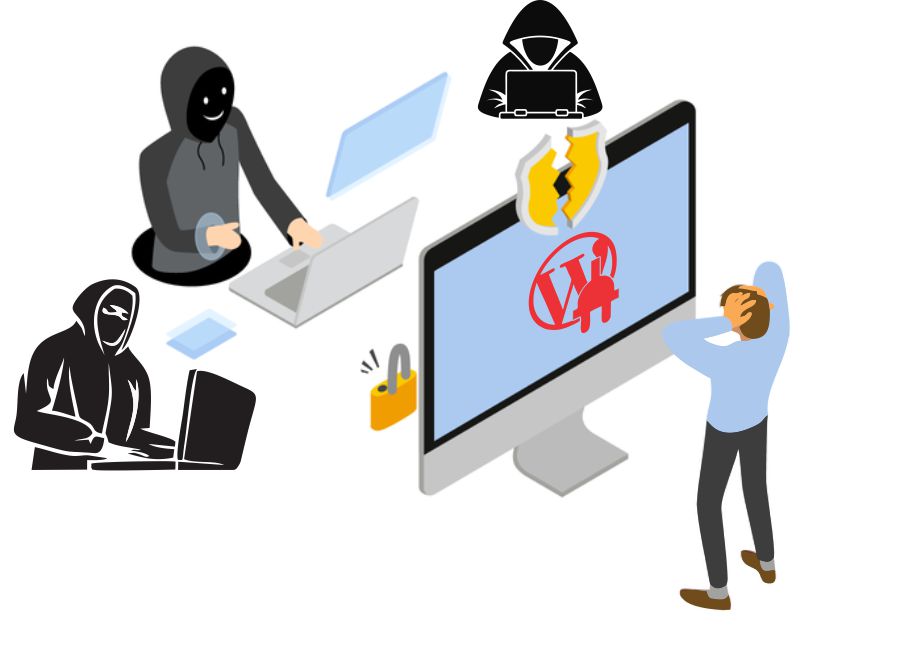Presumptive conclusion or inference shows that a bit of evidence is usually authentic based on additional facts identified by the law. When the authorities and cybersecurity researchers investigate cases, they run into strong evidence which may be deficient by themselves to implicate a victim or move a case forward. That said, since the conditions bordering an identical scenario proved true, the presumption may as well become true.
Leery domains often fall in this region. Such domains that enter an analyst’s radar are evaluated predicated on a number of criteria, carrying out a Domain Name System (DNS) check. Nevertheless , some known warning flag – such as associated registrant names or IP addresses that a domain resolves to – aren’t always indicators of guilt. Now, how exactly does one prove a domain’s link with a malicious campaign or attack? Let’s check out what sort of WHOIS domain lookup tool like WHOIS Lookup might help.
How to Use a WHOIS Domain Lookup Tool to Prove Domain Misuse
A WHOIS domain lookup tool is versatile for the reason that it enables site owners and cybercrime investigators to see whether a domain may possess ties to criminal networks and fraudsters. WHOIS Lookup can be purchased in the proper execution of WHOIS API, allowing users to integrate it to their threat intelligence systems, anti-malware solutions, or websites.
Here are two types of how the tool in conjunction with others can support within domain attack identification, risk mitigation efforts, and proving domain misuse:
- Spot newly registered domains: Free and cheap domain names enable nefarious actors to get them for malicious usage. Consequently, nearly 70% of recently signed up domains (RSDs) today distribute malware or get connected to command-and-control (C&C) servers. Investigators can use WHOIS Lookup to retrieve the records of RSDs that users find within their network logs. The tool instantly reveals the creation and last update dates of a domain. Even though autonomous registration redacts specific details from its record, the API still shows the domain’s hostnames, that may point out other clues using a DNS lookup tool. Performing that could reveal an associated IP address, so the investigation can continue.
- Find out more about surrounding domains: WHOIS Lookup can be handy as a starting place for reverse-engineering. With the registration information on a suspicious RSD, for example, cybersecurity professionals may use other tools including Reverse WHOIS Search to find associated domains depending on known registrant details just like the name (or pseudo), contact details, etc. used for registration.
As an extra measure, they are able to then even keep an eye on domains that the malicious registrant will register later on with a tool that include Registrant Alert API. That could allow them to keep avoiding ties with the attacker.
Showing a domain’s ties to criminal activities isn’t without challenges, though. Some malware applications hire a domain generation algorithm (DGA) to create new domains at designated time intervals to allow them to continuously receive instructions from their C&C; servers and exfiltrate data without having to be detected or blocked. In a whole lot of cases, attackers have previously decommissioned malicious domains by the moment investigators discover their attack involvement.
Also, registrants can forge or avoid patterns with the info provided on the WHOIS records. Some cybercriminals hijack legitimate domains too. That only would go to show that analysts should validate their findings utilizing a selection of cybersecurity tools and threat databases before reaching conclusions.
Credit:Source link






